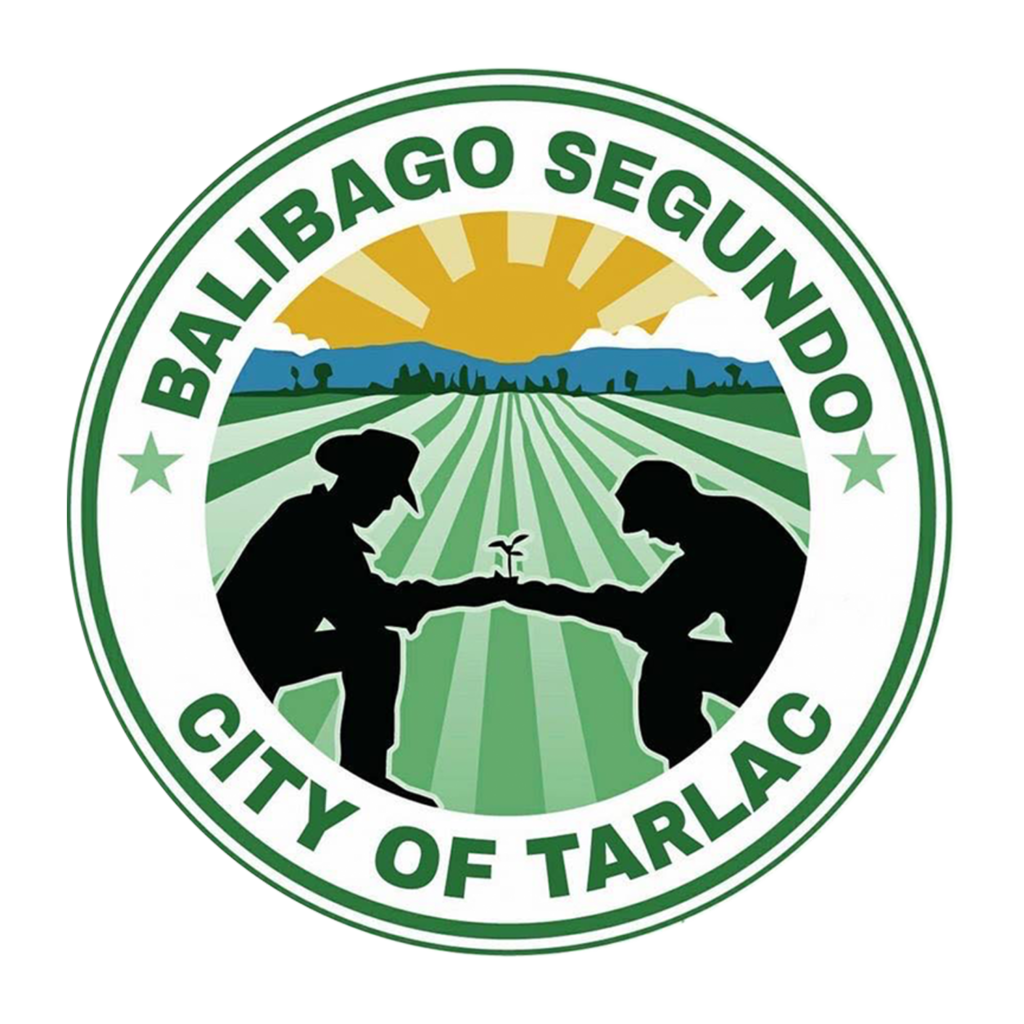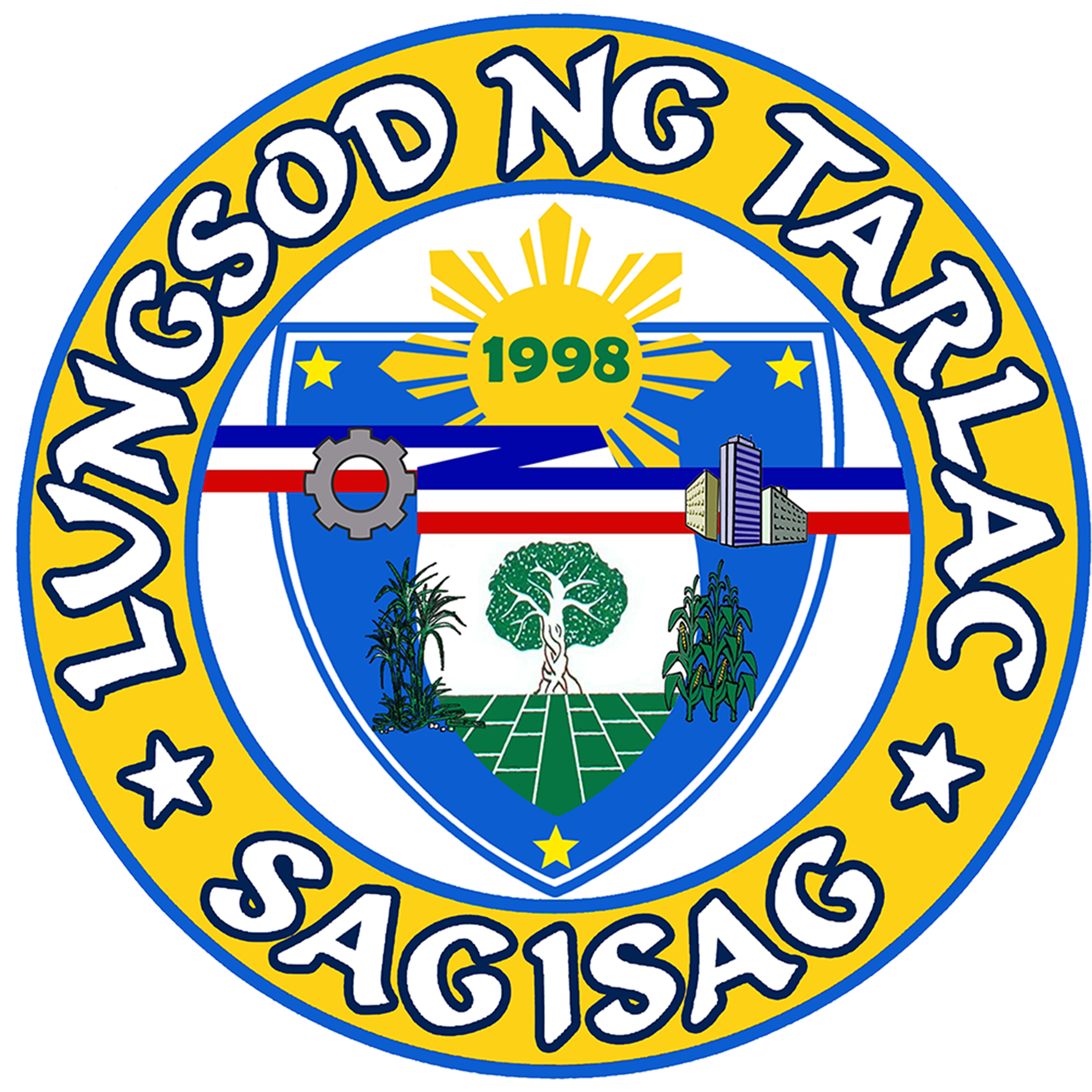
BARANGAY BALIBAGO II HISTORY
Barangay Balibago Segundo is also one of the 11 barangays enclosed in the North District Division of Barangays in Tarlac City. Barangay Balibago 1st on the Southwest, Barangay Banaba on the Southeast, and Municipality of Victoria on the North bound it.
It is approximately 6.1 kilometers away from city proper. It has a total land area of 450.56 hectares. 213.5 hectares correspond to agriculture and the remaining 237.16 hectares designate to residential area.
It also divided into 4 sitios namely: Sitio Riverside, Sitio Pakulyo, Sitio Istasyon, and Sitio Centro.
Barangay Balibago 2nd classified as Rural Barangay, it has a total population of four thousand one hundred eighty (4,180) as of 2020, and a household population of nine hundred two (902).
Barangay Balibago 2nd is also an agricultural barangay. Mostly 80% of the total populace in this area was farmers. They cultivate palay, corn and vegetables vice versa depending on the season of planting. Poultry rising and piggery are also their source of livelihood. The rest 20% of the total populace are professionals, OFW’s, laborer, employee, construction workers, drivers, and so on. Some have their own mini business such as sari sari stores and so on.
Long before its establishment, Balibago trees forest this barangay. This tree is similar with the leaves of banana when different people migrates came here cut the trees and divert it into a residential area. People population exploded in this Barangay, which cause it to divide into two, and called it Balibago 1st and Balibago 2nd. According to the elders, Balibago is the name of a plant grew abundantly in the area. This is similar to a banana tree and abacca. This type of tree can also be use as a rope. Because of this tree, the name of their Barangay originated.
The Capulong, Diaz, and Tañedo family were the first families settled in this place.
Ninety percent of the total populations are Pampango, and the rest are Tagalog, Bisaya, Pangasinense, and Ilocano.
Barangay Balibago 2nd celebrates their feast day every December 9-10 as a thanksgiving to the Patron Sagrada Familia/ Sacred Family.
